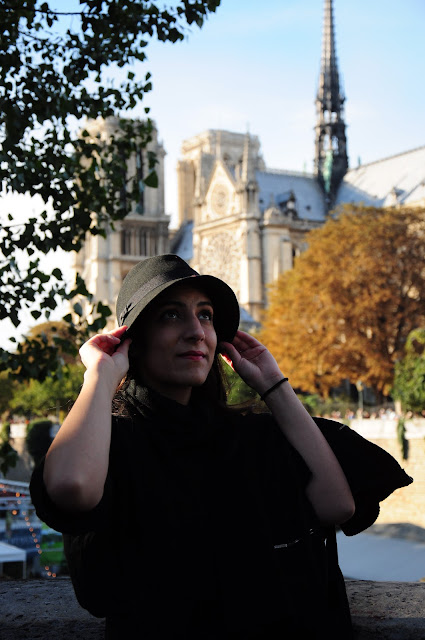This is a review I wrote for Blank City, a film recently directed by Celine Danhier and the interview I had with her. They were aired this morning on CKUT radio, in the film segment of "Wednesday morning after" program.
This week, there was also another interview with Eric Tessier, a 3D filmmaker. He talks in length about Pina Bausch, Wim Wender's recent art film in 3D.
You can listen to the whole film segment here. It starts at minute 22.
Below you can listen to my review and interview on Blank City.
Blank city by Acey
Quite a few films including documentaries have been made about the influential underground music scene in the 70s whereas a place for a movie chronicling “no wave cinema” and “cinema of transgression” was empty. Recently however, Celine Danhier, plucked up the courage to start her filmmaking carrier by documenting one of the most significant yet short eras of film history which took place in New York city.
No one can deny the role of directors such as “Jim Jarmusch”, “Amos Poe”, “Eric Mitchell”, “James Nares” and the likes in cinema. These pioneers of No Wave movement were dissidents who used the Lower East Manhattan to craft candid movies, which shaped the Independent Film today.
The artist community who where the denizens of the dilapidated buildings in that part of New York, came together with no money in their pockets, often stealing rolls of films or cameras, to make films of their lives and that of people in this area at the time where the city had gone bankrupt. There was no script, no real actor and all was done by a super8 camera.
In Blank City many of the influential directors, musicians, photographers, artists and sometimes a blend of these like John Lurie and Steve Buscemi, tell their stories of that time.
The audacity of the photographers becomes striking when we realize that “there were people who believed taking photos is equal to stealing souls”. Amos Poe describes this cash-strapped period of his life as “best time, worst time”.
Directors as well as actors were seeking a semi-documentary possibility; thereby the distinctive ethos of No Wave Cinema, which made it one of a kind, was a knack to make narrative instead of art film. The films were free from style to maintain the stance of a period, which gave birth to leading figures like Andy Warhol and street artists such as Jean-Michel Basquiat, and Keith Haring. Heroin had become prevalent and many of the epoch-making artists including the latter 2, died of AIDS or drug addiction. One of the artists in the movie recalls this tragedy: “my friends came to me one by one and confided in me that they were HIV positive. It was awful to see them all lined up to be executed.”
Music was one of the axes of No Wave cinema. Interviews with Thurston Moore of Sonic Youth and Debbie Harry of Blondie, alongside the soundtrack made by Patti Smith, Television, Liquid Liquid and many more, highlight this element in Blank city.
The title of the movie at first place produced an image in my mind of a blank space which turns into a city, but after watching the film, I asked myself: could this blank space come out of Berlin, Paris,London or it was just New York which could give birth to this city?






















































